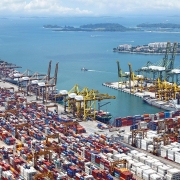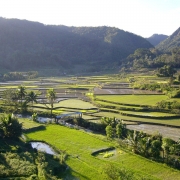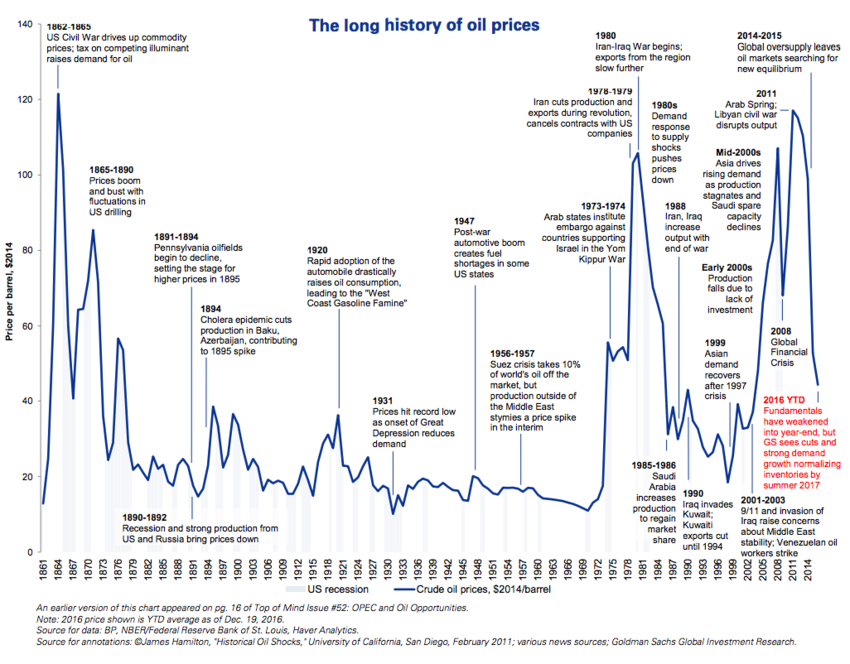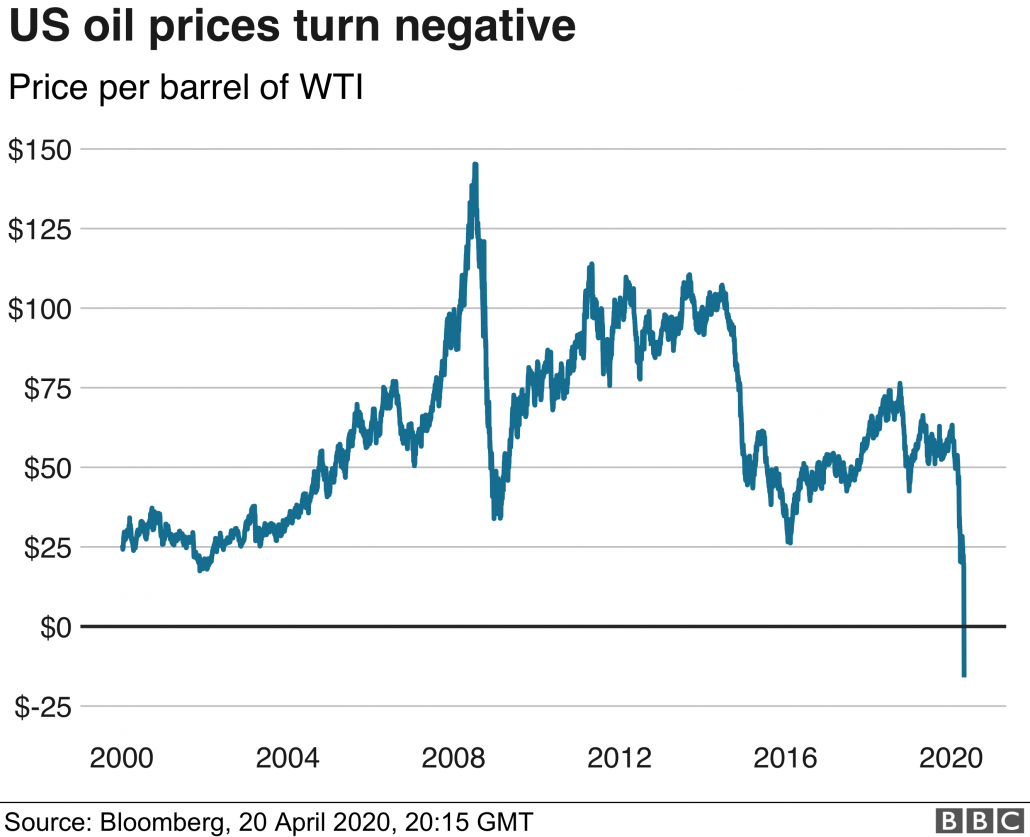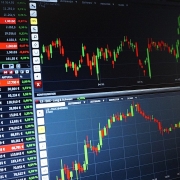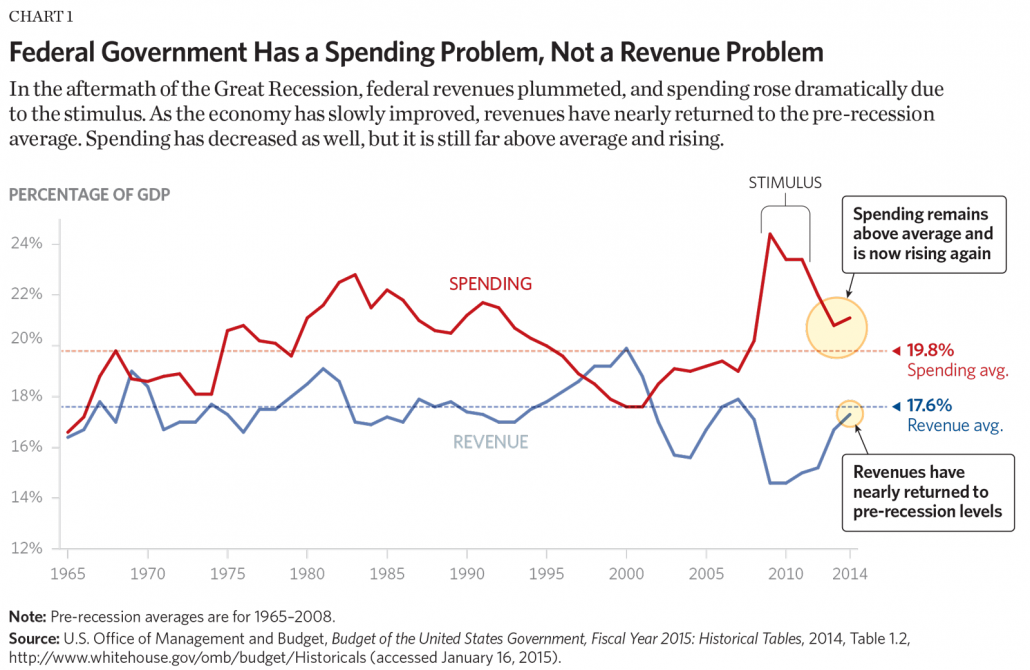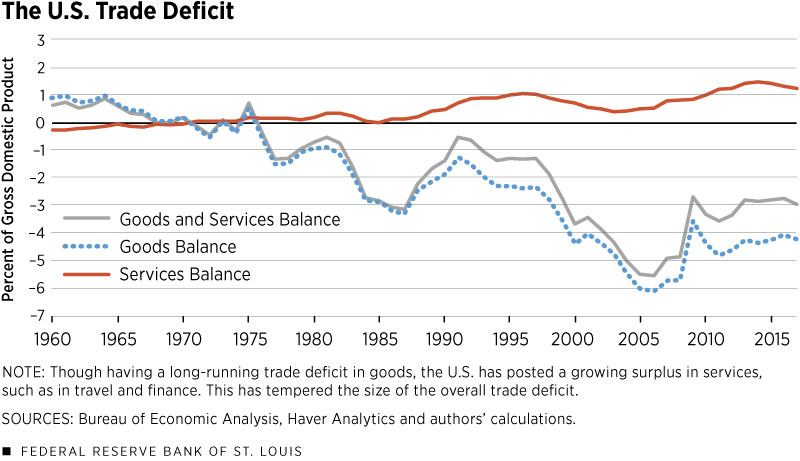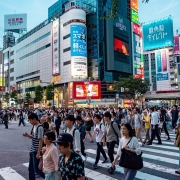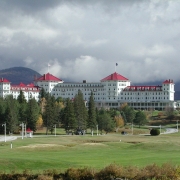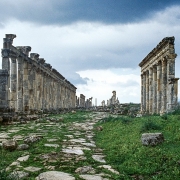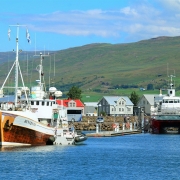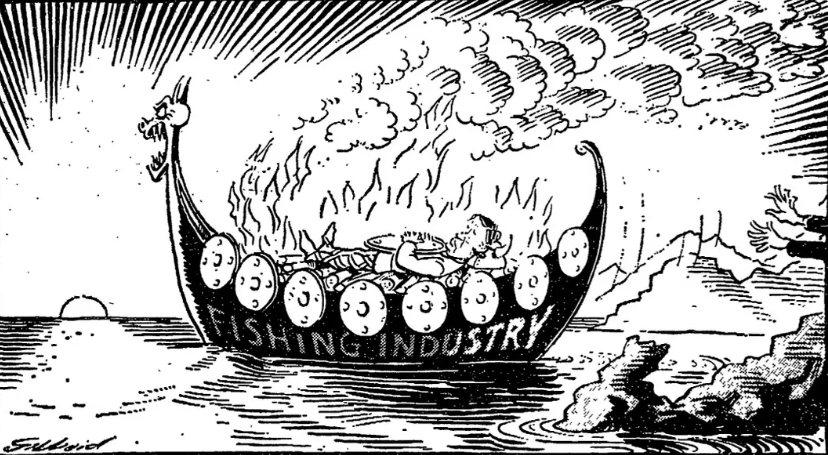What is GATT and its purpose?
Topic of Study [For H2 History Students]:
Paper 1: Understanding the Global Economy (1945-2000)
Section B: Essay Writing
Theme II Chapters 1: Reasons for growth of the global economy & Problems of economic liberalisation
Origins of a multilateral trading institution: ITO
Before the World Trade Organisation (WTO) was established on 1 January 1955, leaders from over 50 countries gathered during the “Bretton Woods” Conference and contemplated on the creation of an International Trade Organisation (ITO). Ideally, it was to be the third pillar of the Bretton Woods, together with the World Bank and the International Monetary Fund (IMF).
The proposed ITO was meant to promote world trade, cross-border investments and commodity agreements. Following the end of World War Two, more countries supported trade liberalisation. They sought to reverse the adverse protectionist stance since the early 1930s.
A by-product of failed negotiations: GATT
Amidst negotiations, 23 “contracting parties” signed the General Agreement on Tariffs and Trade (GATT) on 30 October 1947. GATT was created as a framework for international trade, taking effect on 1 January 1984.
The signatories were: Australia, Belgium, Brazil, Burma, Canada, Ceylon, Chile, China, Cuba, Czechoslovakia, France, India, Lebanon, Luxembourg, Netherlands, New Zealand, Norway, Pakistan, Southern Rhodesia, Syria, South Africa, United Kingdom and the United States.
There were three provisions:
- Conferment of “Most Favoured Nations” status to other members
- Prohibition of trade restrictions (except for emerging industries)
- Elimination of import tariffs (by developed countries to support the admission of developing countries)
However, the path to institutionalise world trade proved difficult. Although the USA was one of the key advocates of free trade, the US Congress opposed the decision. During the fifth Session of the Contracting Parties, USA announced that the ITO Charter (Havana Charter) would not be re-submitted to the US Congress. From then on, the ITO did not take shape. Instead, GATT became the multilateral framework from 1948 to 1995.
Periodic Bargaining: Trade Rounds
From 1949 to 1973, the trade rounds were focused on reduction of tariffs. In 1964, the “Kennedy” Round took place and a noteworthy act was signed. The Final Act was signed by 50 participating countries that accounted for three-quarters of world trade. Concessions were estimated at $40 billion of trade value.
Following the admission of newly-independent countries (Recall: the Third World decolonisation in Asia and Africa led to the admission of new developing member countries into the UN), the GATT included its third provision to support developing countries. The Committee on Trade and Development was established to ensure that developed countries gave priority to the reduction of trade barriers to exports of developing countries.
Setbacks: The advent of “New Protectionism”
Although trade rounds were still being conducted from 1973 to 1993, the start of the Crisis Decades made it difficult for member nations to fully adhere to the provisions of trade liberalisation. Although economic integration enabled freer access of goods and services between countries, it also meant the intensification of trade competition from developed and developing countries.
For example, USA experienced severe and persistent trade deficits vis-à-vis West Germany and Japan. In response, USA introduced protectionist policies, particularly non-tariff barriers to shield its economy from the adverse effects of trade competition. For example, the “Voluntary Export Restraint” (VER) agreement restricted the quantity of Japanese automobile exports to USA in 1981.
The next phase of international trade: WTO
Trade negotiations during the Uruguay Round finally made progress. On 15 April 1994, the Marrakesh Agreement was signed, which led to the formation of the WTO that succeeded the GATT.
Developing nations demanded that VERs should be outlawed. Notably, this led to the creation of the Multi-Fibre Arrangement that accelerated the liberalisation of trade in the agricultural sector.
What can we learn from this article?
Consider the following question:
– How far do you agree that GATT was the main driving force that caused the liberalisation of world trade [to be discussed in class]?
Sign up for our JC History Tuition and learn how to answer A Level History essay and source based case study questions effectively. We also incorporate online learning features to diversify your study methods such that learning the historical developments is enjoyable and productive at the same time.
The H2 and H1 History Tuition feature online discussion and writing practices to enhance your knowledge application skills. Get useful study notes and clarify your doubts on the subject with the tutor. You can also follow our Telegram Channel to get useful updates.
We have other JC tuition classes, such as JC Math Tuition and JC Chemistry Tuition. For Secondary Tuition, we provide Secondary English Tuition, Secondary Math tuition, Secondary Chemistry Tuition, Social Studies Tuition, Geography, History Tuition and Secondary Economics Tuition. For Primary Tuition, we have Primary English, Math and Science Tuition. Call 9658 5789 to find out more.

